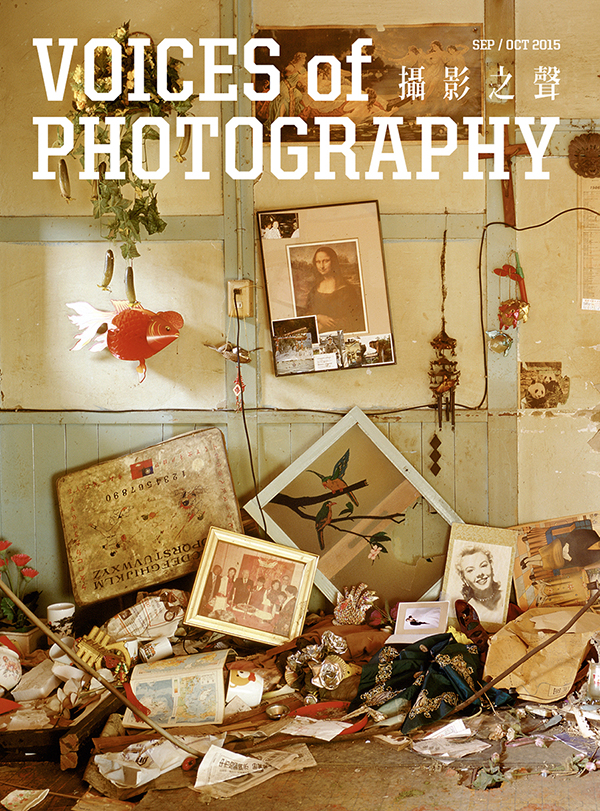廢棄空間,一種視覺景觀、影像常客與美學符號。它是空無,是歷史,是記憶,是枯索,是再生,是複合的種種概念。當人類社會陷入永無止盡的拆和建,以及如今更多的「待拆」和「待建」,無人的沉默空間正在影像裡發出低鳴,使我們不得不關注廢棄空間有機的物質性與政治權力的控制關係。
在這期的《攝影之聲》中,米田知子探訪建造於台灣日治時期而今已廢置的日本家屋,追溯歷史輪轉的流變軌跡;劉智聰巡覽香港的城郊丘墟,記錄綠蕪覆蓋的文明荒景;陳伯義踏查拆遷前的台灣眷村房舍,蒐索廢棄空間遺留的離散斑痕。同時,本期由日本攝影評論家鳥原学,導論自十七世紀《舊江戶城寫真帖》以降的日本廢墟寫真系譜;中國攝影評論家顧錚則以學者維森費爾德(Gennifer Weisenfeld)提出的災難視覺論述,解構廢墟影像的現代性;還有號稱本人就「住在廢墟裡」的台灣資深電影評論人李幼鸚鵡鵪鶉,細數各類電影中的廢墟場景。
為了進行本期的主題對話,在藝術家高俊宏的帶領下,我們與作家阮慶岳、藝術家姚瑞中一起翻進了台北新店郊區曠廢已久的「安康接待室」——1970年代政府在此關押及刑求政治異議者與匪諜、直到1987年解嚴後才解編的廢置建築。在空蕩幽暗的看守所禮堂裡,(冒著登革熱的危險)三人展開了一場廢墟對談,解剖失能空間裡潛伏的權力與慾望。
此外,製作這期雜誌的途中,我們得知了日本攝影家暨攝影理論家中平卓馬過世的消息,並感到深深地遺憾。與中平先生相識的攝影評論家大竹昭子接受了我們的邀請,特別在本期撰文追悼這位曾經在影像思考上不斷給予人們激烈撞擊的攝影哲人;我們同時也收錄了中平在著名的《決鬥寫真論》中描寫在海邊燒毀自己底片的文章,以及攝影家橋本照嵩在1971年中平赴法參加巴黎青年雙年展時拍攝的珍貴照片,向中平卓馬先生致敬與道別。
在讀者們拿到這期雜誌之時,《攝影之聲》已正往第五個年頭邁去,而創刊前還在筆記本上畫著版面草圖的時光卻猶如昨日歷歷在目。許多人會用一天天、一月月、一年年來計算日子,我們則是用奇怪的「一期期」做為生命的記憶單位。再次感謝與我們踏上這段影像旅程的讀者朋友,以及所有參與《攝影之聲》辛勞的撰稿者和工作伙伴。這份刊物很幸運能和大家一起前行。
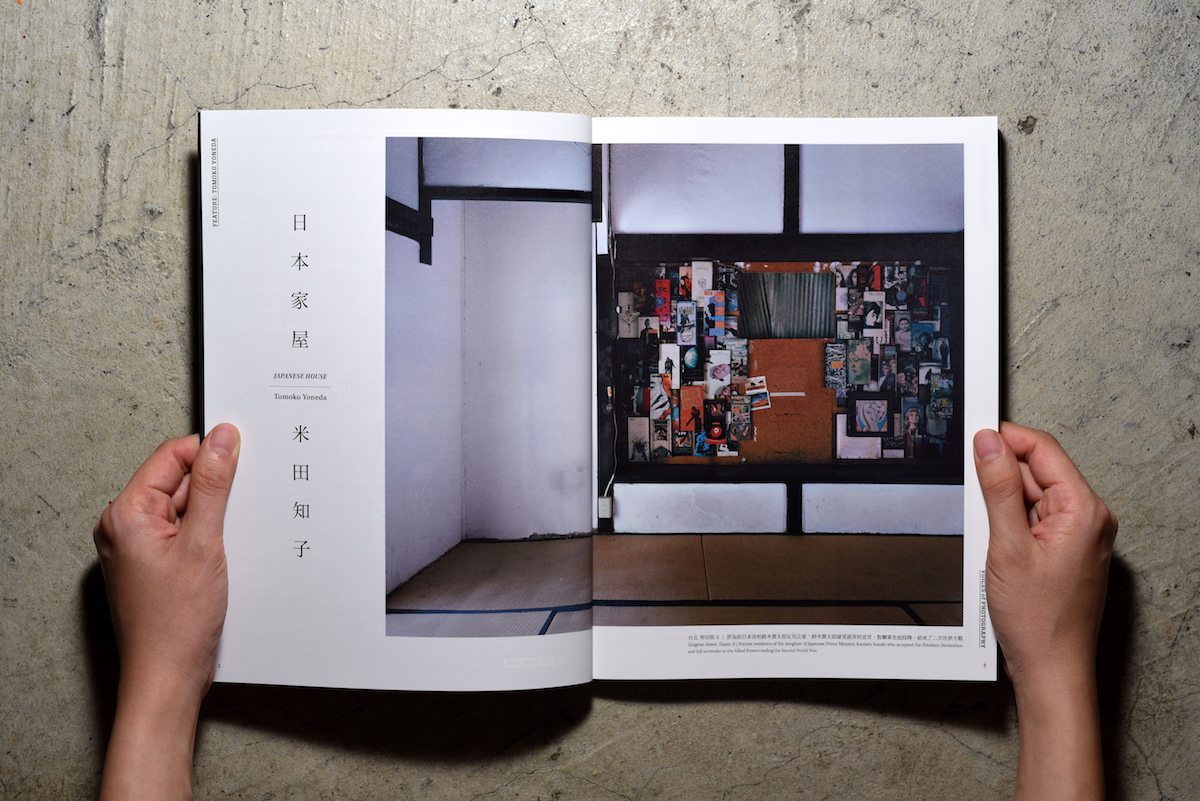
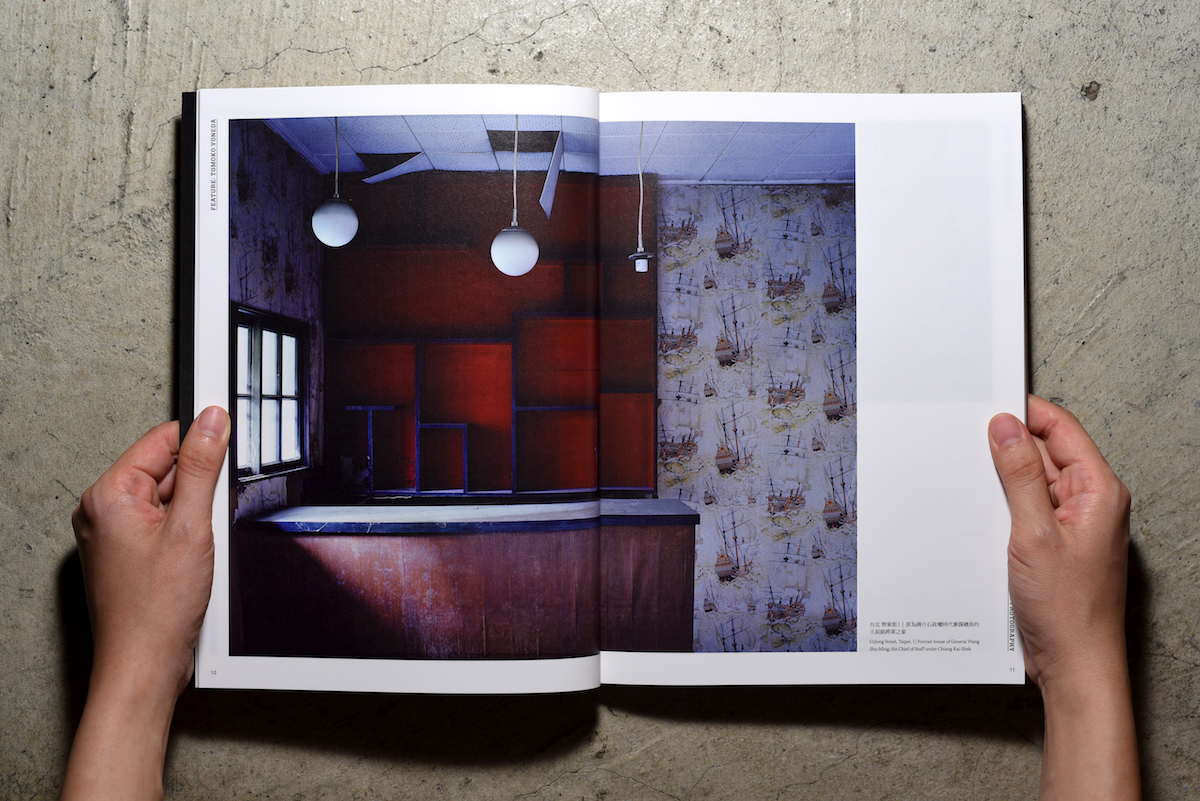
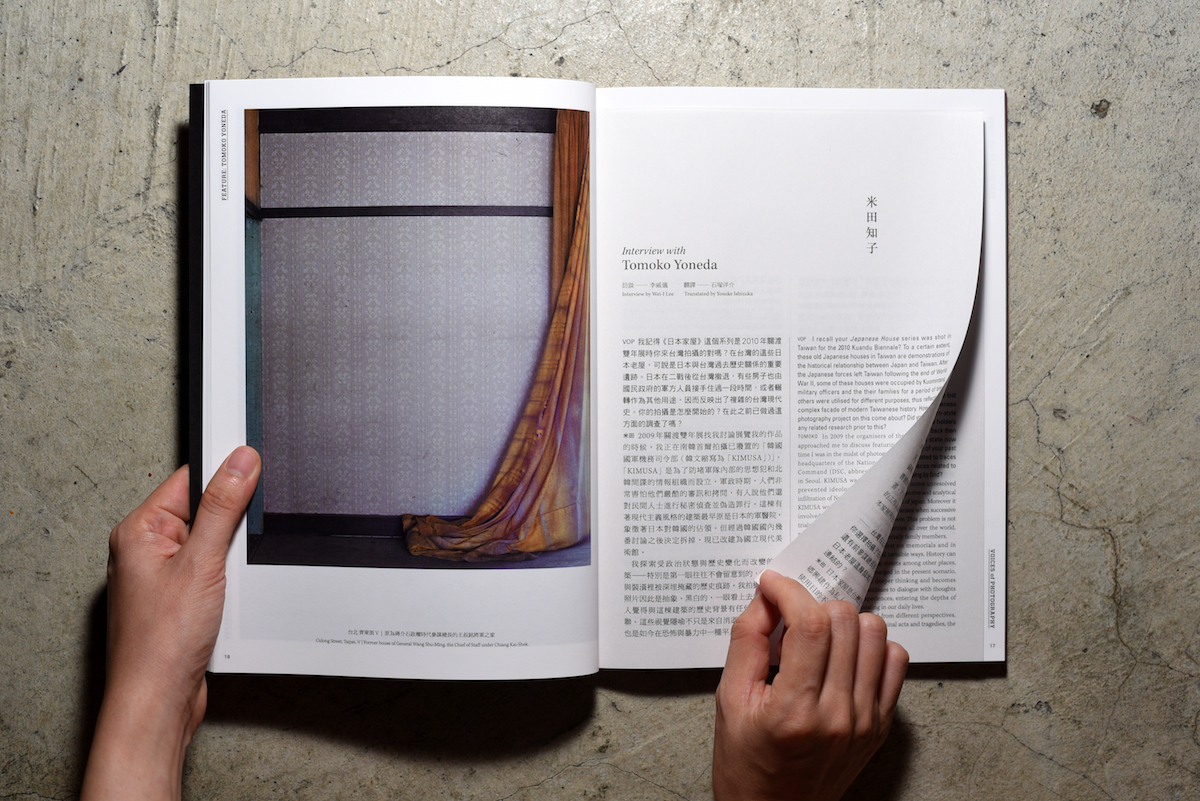
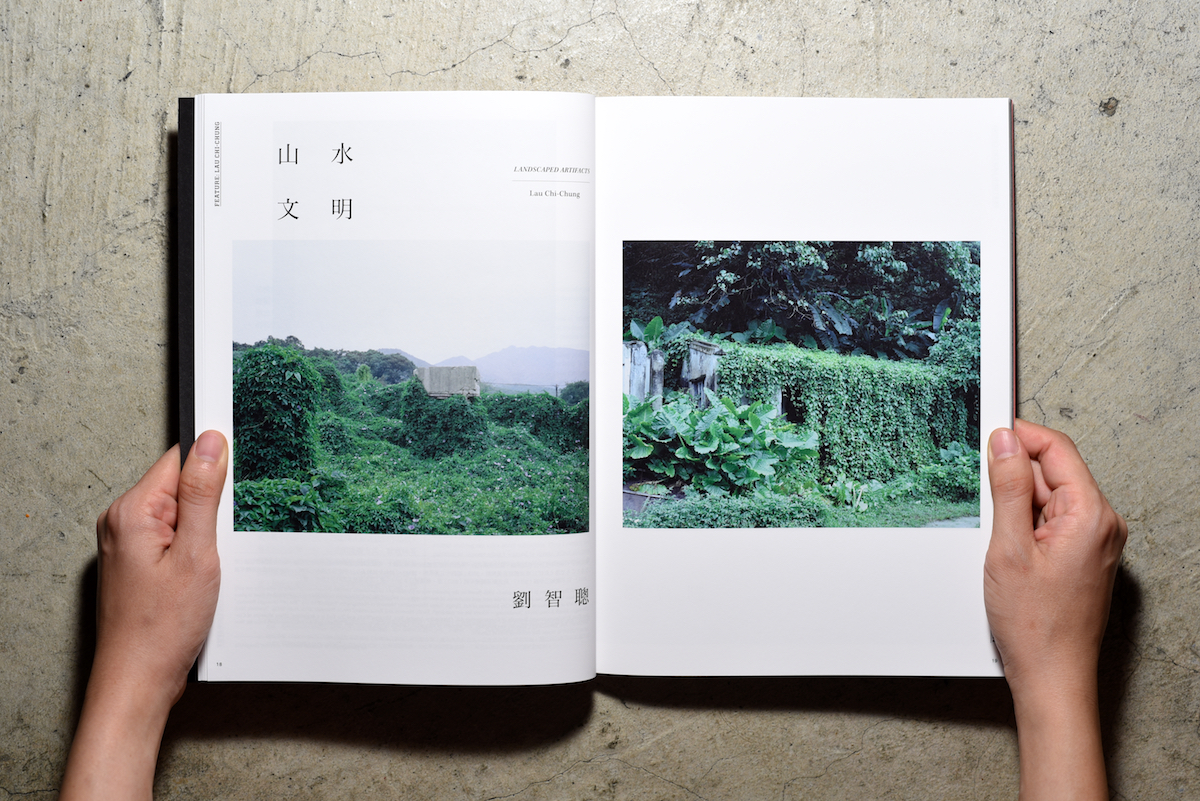

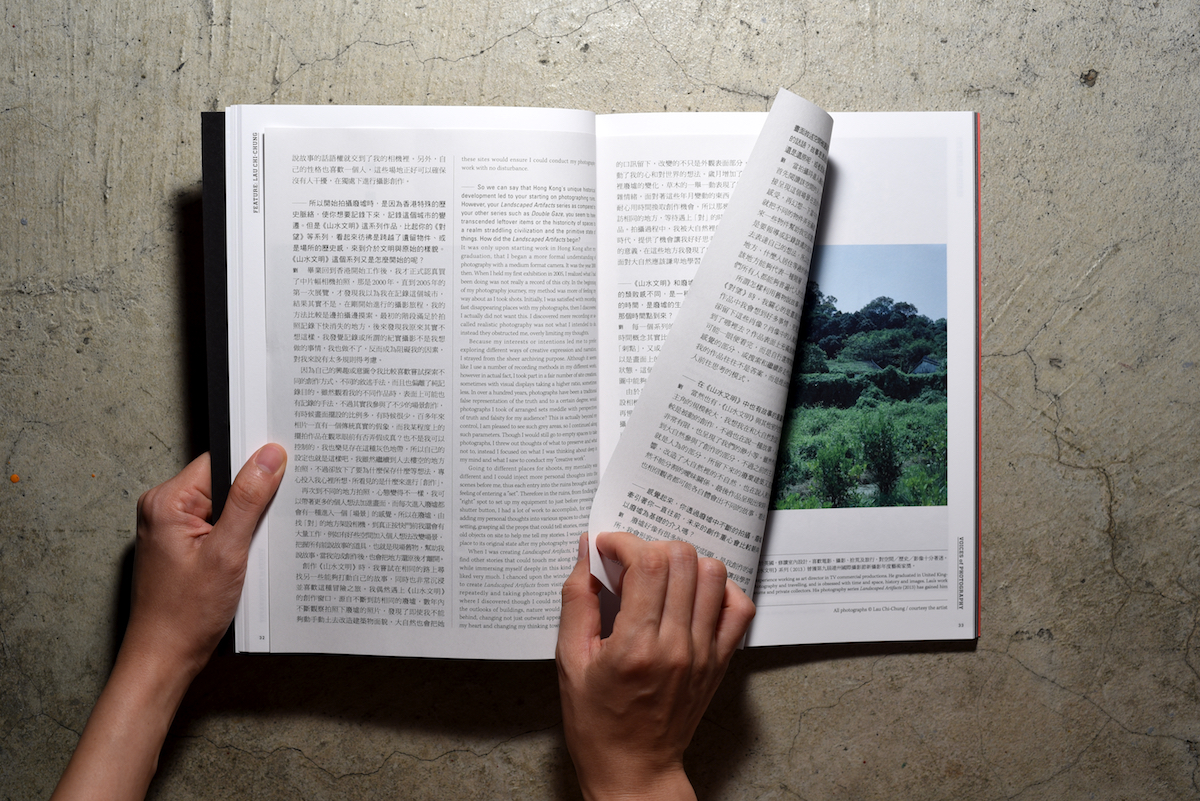
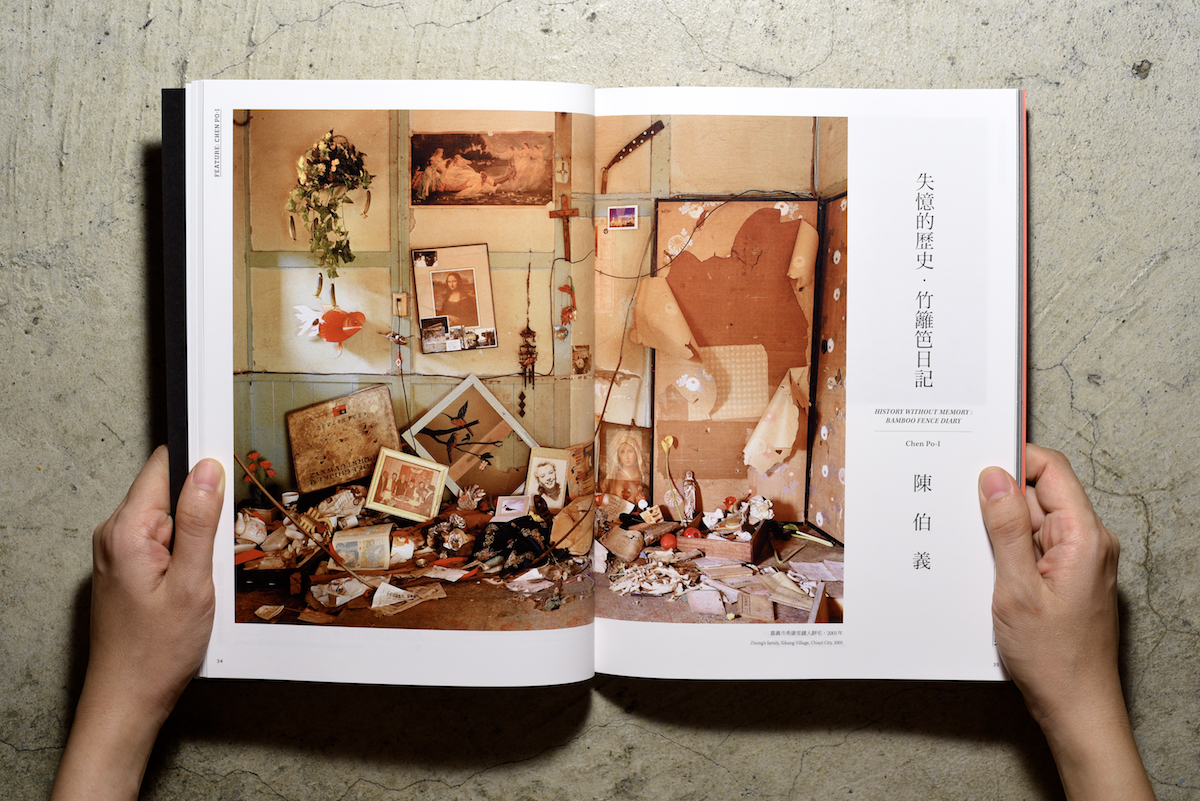
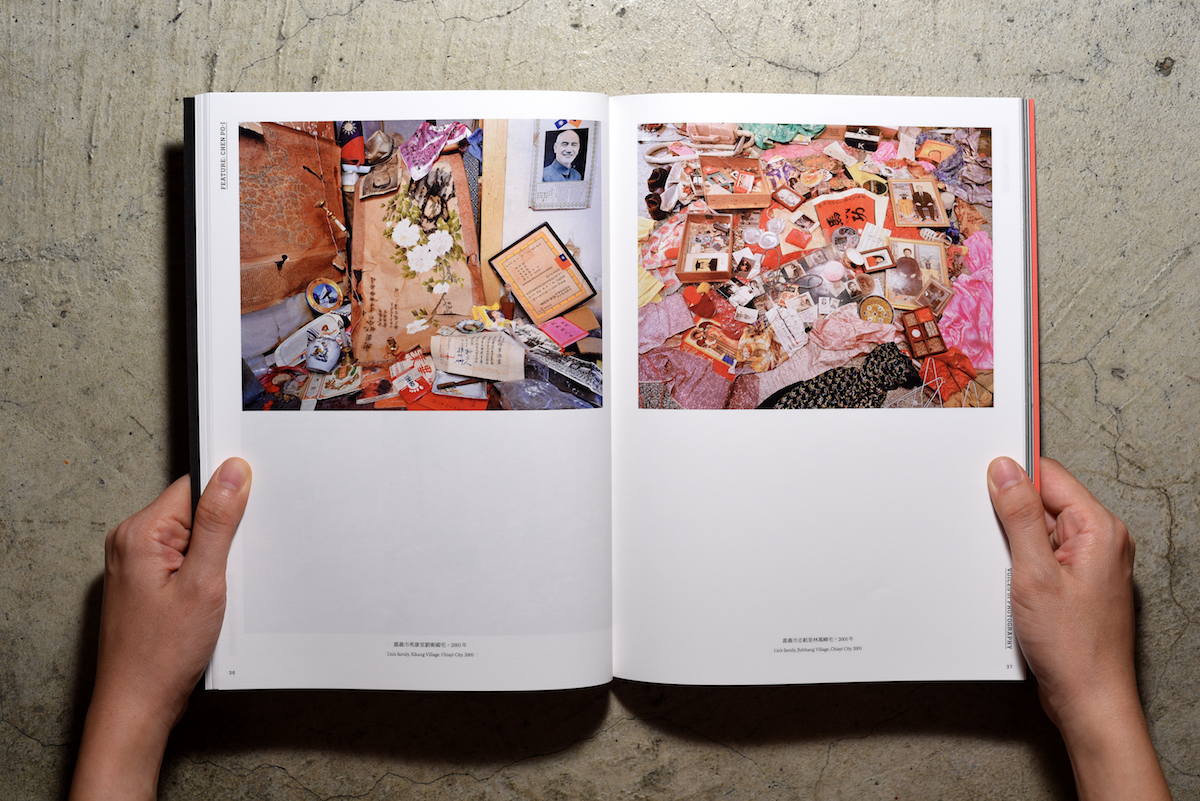
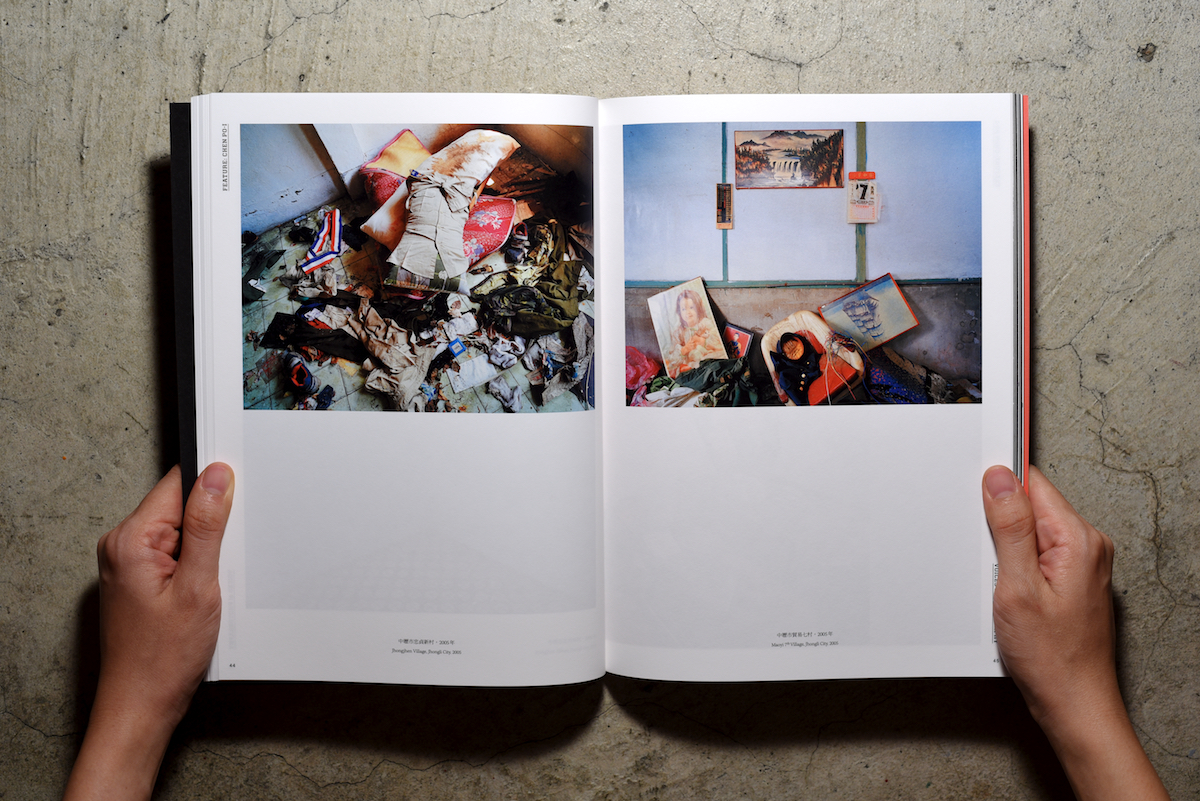
Abandoned spaces form a visual spectacle which are often featured in photography in addition to being aesthetic symbols. They are nothingness, history, memories, symbolizing withering as well as regeneration, forming an overlap of various concepts. As society falls into a never-ending loop of demolishing / constructing, and more “to be demolished” / “to be constructed” cases, quiet spaces, without anyone in them, are crying out softly in photographic images, forcing us to focus on the organic materiality and the relationship of control by political forces in abandoned spaces.
In this issue of Voices of Photography, Tomoko Yoneda visits Japanese homes built in Taiwan during the period of Japanese rule that have been abandoned today, tracing the evidence of change caused by history; we accompany Lau Chi-Chung on his inspection of Hong Kong’s urban and rural ruins, recording the wastelands of civilization now covered with greenery; we follow Chen Po-I as he steps into Taiwan’s military dependents’ villages before they are torn down, collecting the traces of gathering and separation left behind in these abandoned spaces. At the same time, this issue invites Japanese photography critic Manabu Torihara guides us through the anthology of Japanese ruin photography beginning with the publishing of Photograph Album of the former Edo Castle in the 17th century; Chinese photography critic, Gu Zheng deconstructs modernism in ruin photography using Gennifer Weisenfeld’s theory of imaging disaster. Finally, we have an intricate discussion on the various ruin settings seen in movies provided by Alphonse Perroquet/Parrot Caille/Quail Youth-Leigh, a self-proclaimed resident of ruins.
To conduct the main thematic conversation of this issue, we traverse the long-emptied “An Kang Detention Center” in the rural areas of Xindian, Taipei with writer Roan Ching-Yueh and artist Yao Jui-Chung led by artist Kao Jun-Honn — a venue where the Taiwan government locked up and tried political dissidents and Communist spies in the 1970s up to 1987 when Martial Law was lifted and the facility was abandoned. The three artists began a discussion of the ruins in the empty, dark hall of the Center (teeming with the danger of Dengue fever), dissecting the powers and desires of dysfunctional spaces.
Sadly, we learnt about the passing of Japanese photographer and theorist Nakahira Takuma in the midst of preparing for this issue of VOP and wish to express our deepest condolences. Upon our request and as a mark of our deep respect for Mr. Nakahira, photography critic Otake Akiko, a friend of Nakahira, has provided a piece of writing in remembrance of this photography giant who has given many rich fodder for thought in photographic art; we also feature Nakahira’s essay on the famous Duel in Photography, describing how he burnt his film negatives by the seaside and photographer Hashimoto Shoko’s invaluable shots taken of Nakahira at the Paris Youth Biennale in 1971.
As this issue reaches the hands of readers, it is notable that VOP is heading towards its fifth year of publication and the blueprints for the magazine’s developments in our notebooks seem like something from yesterday. Many would use days, months or years to keep time, but we choose to use the strange way of “issue” as a unit of our memories. We would like to once again thank all our readers who have walked with us on this journey of images, as well as all our contributors and working partners for making VOP possible. We are indeed fortunate to journey on with all of you.
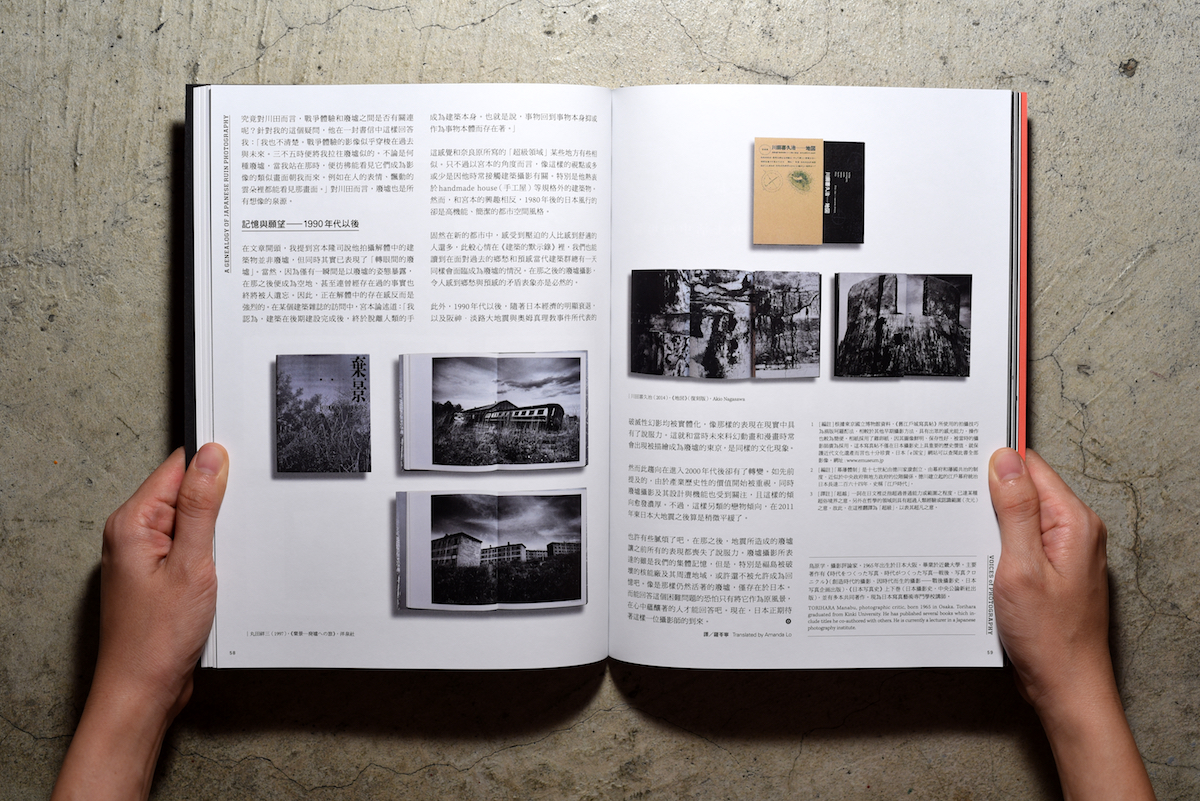
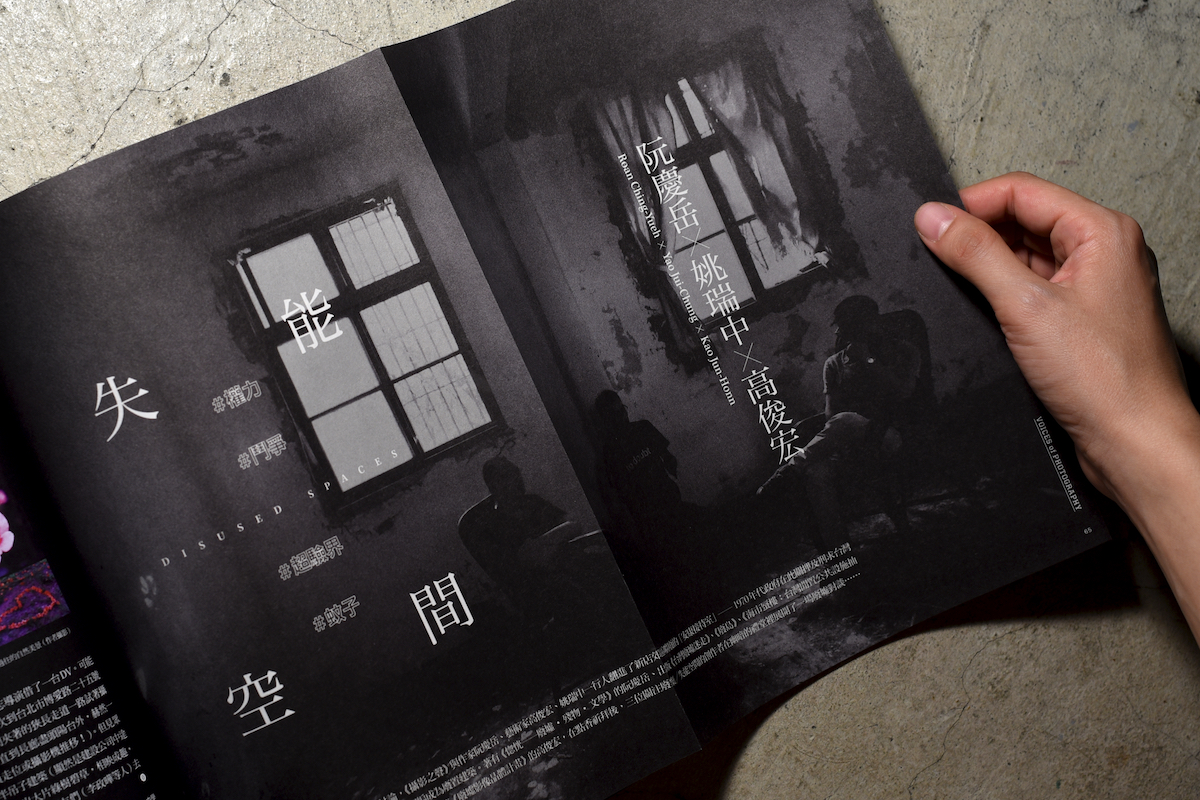
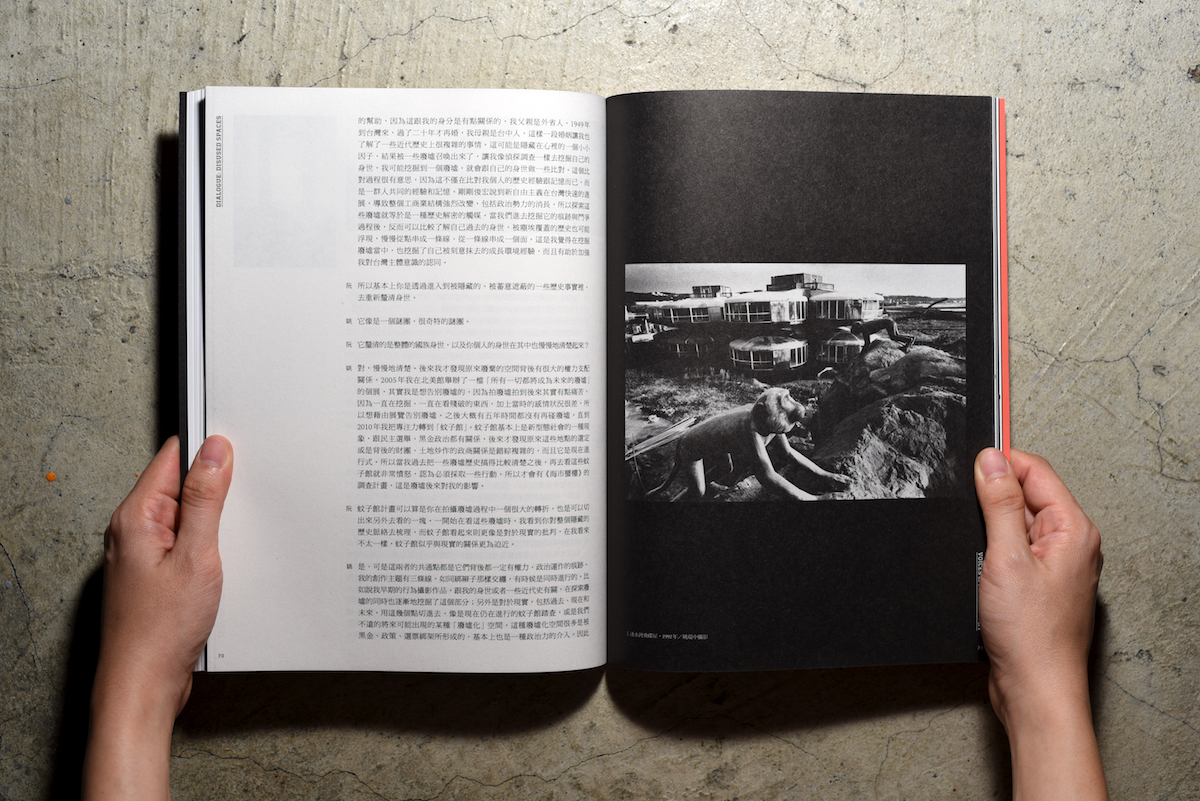
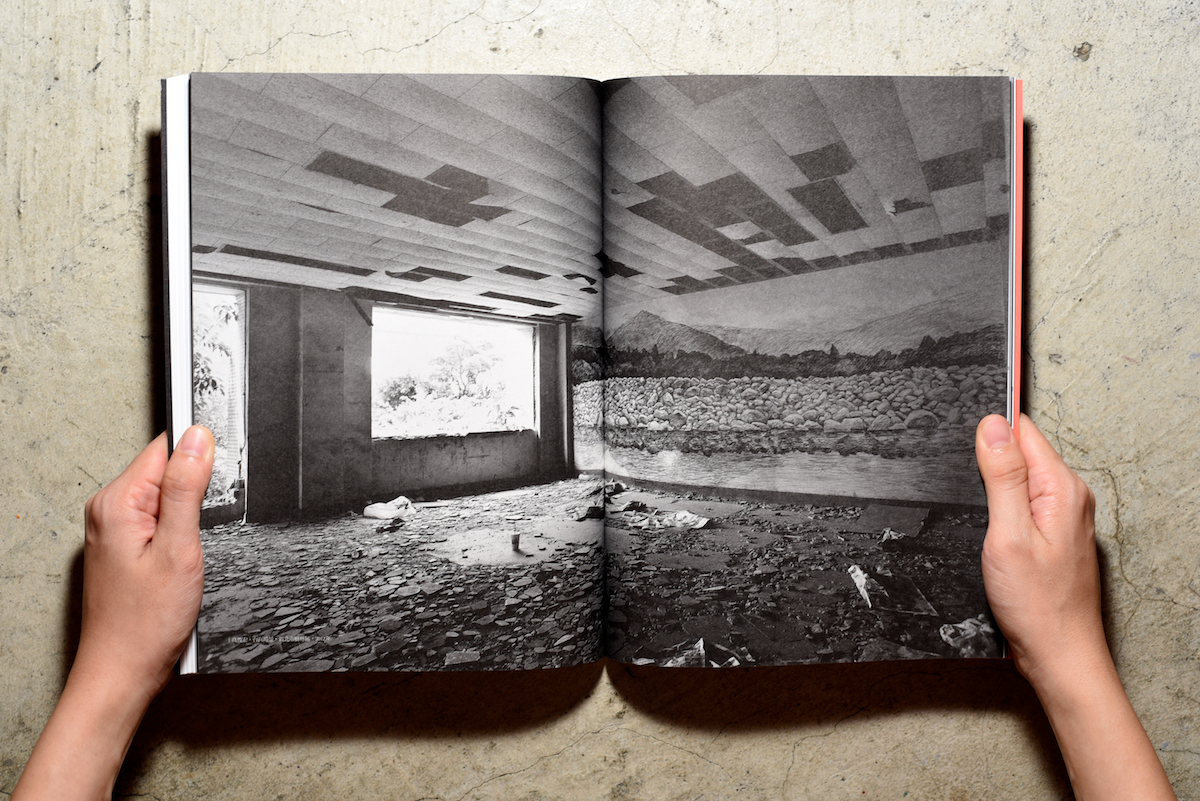
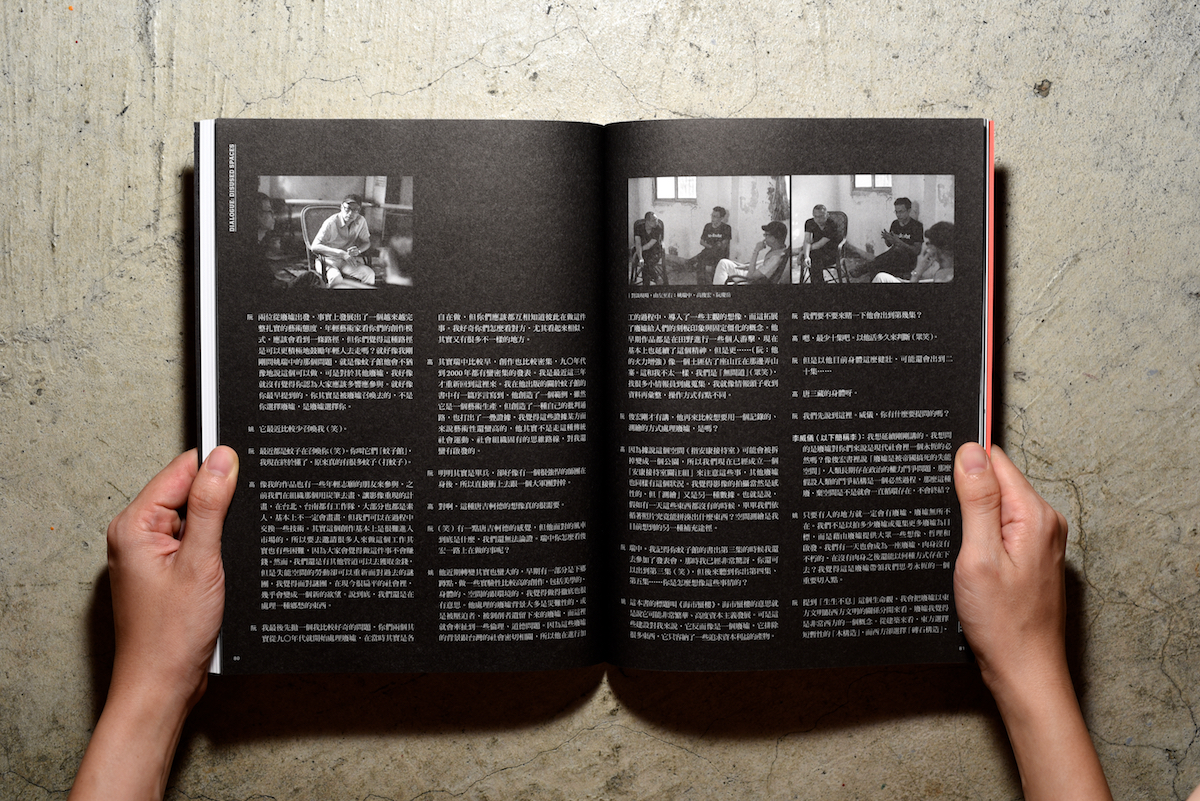
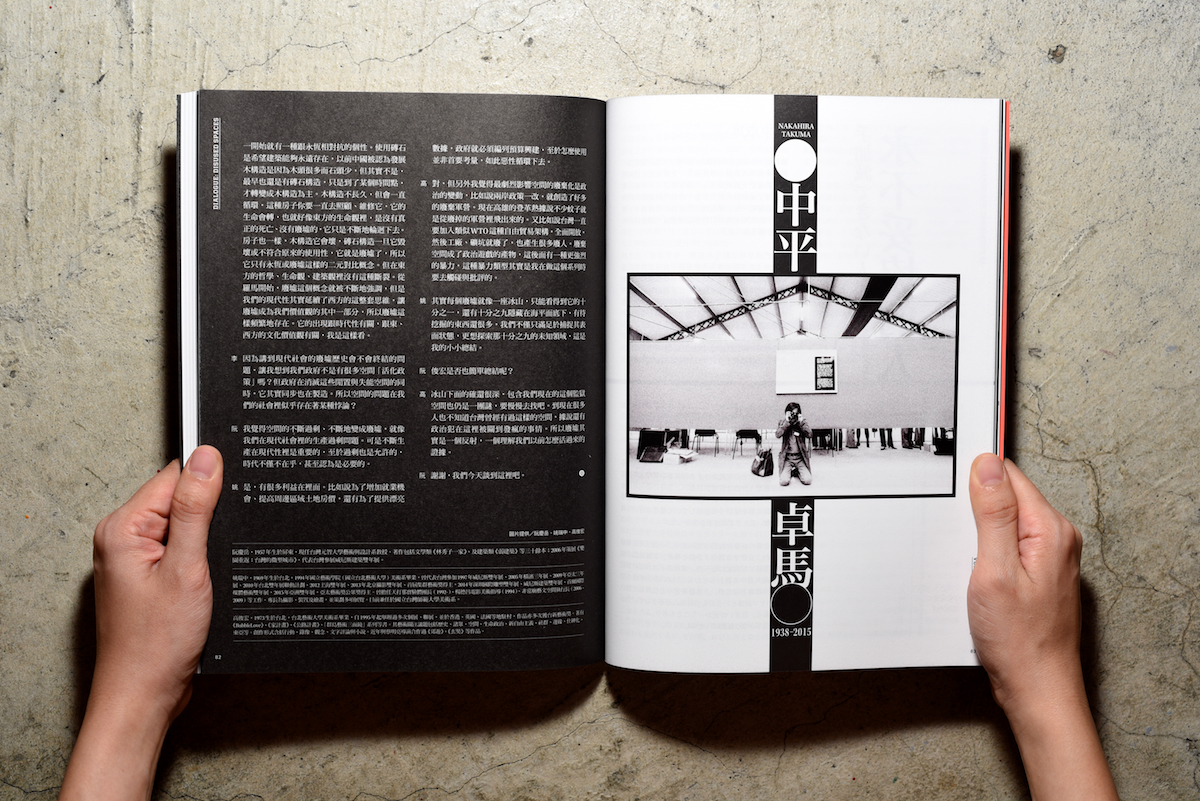
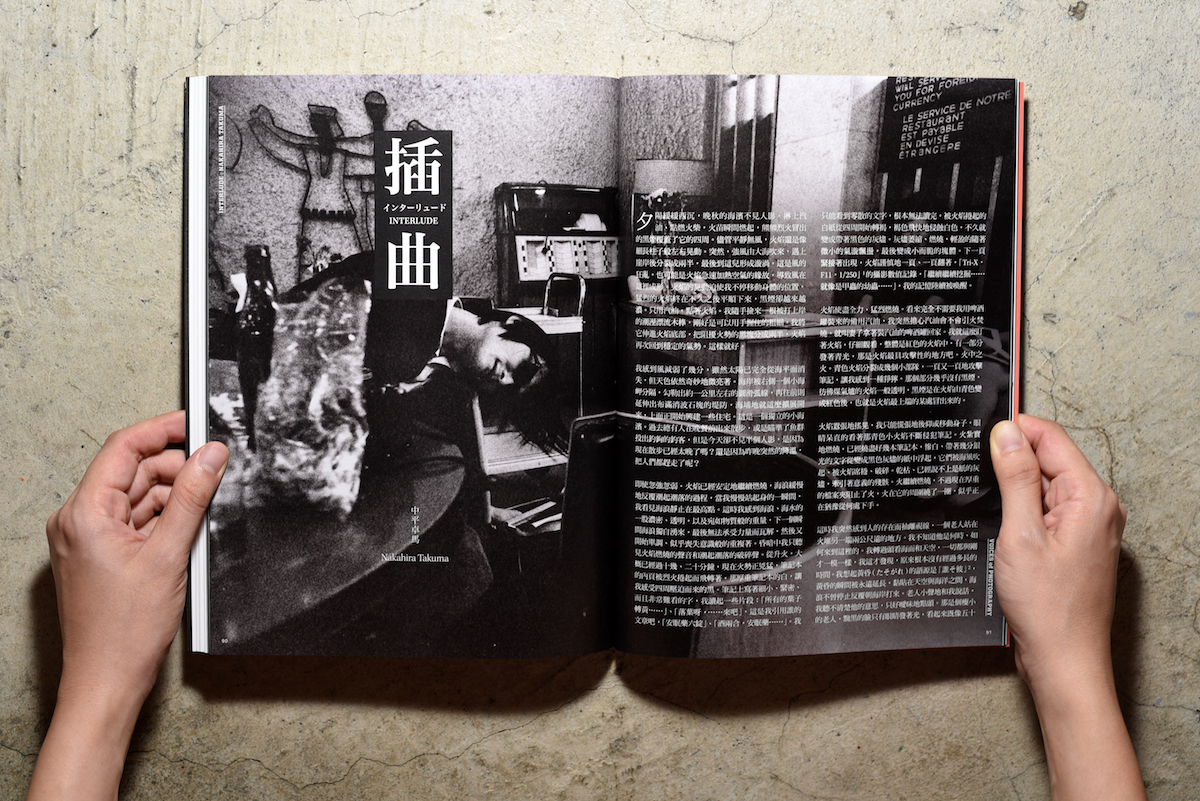

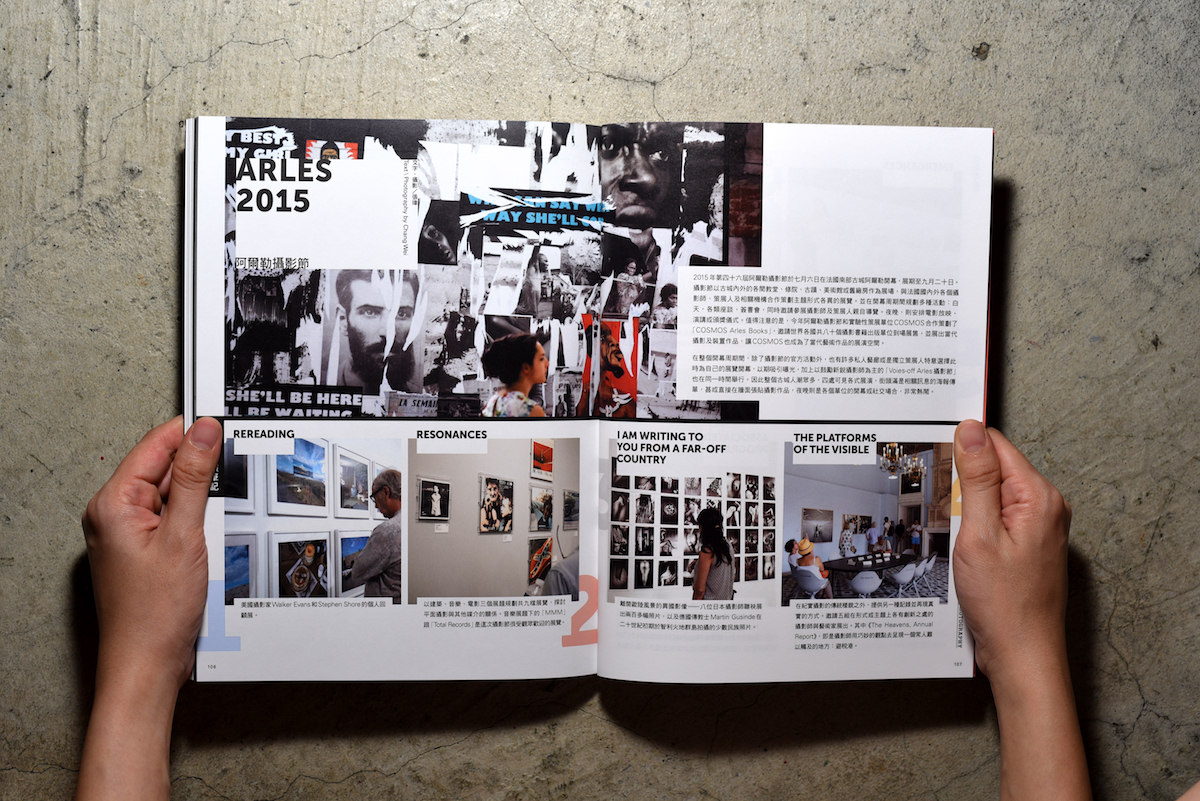
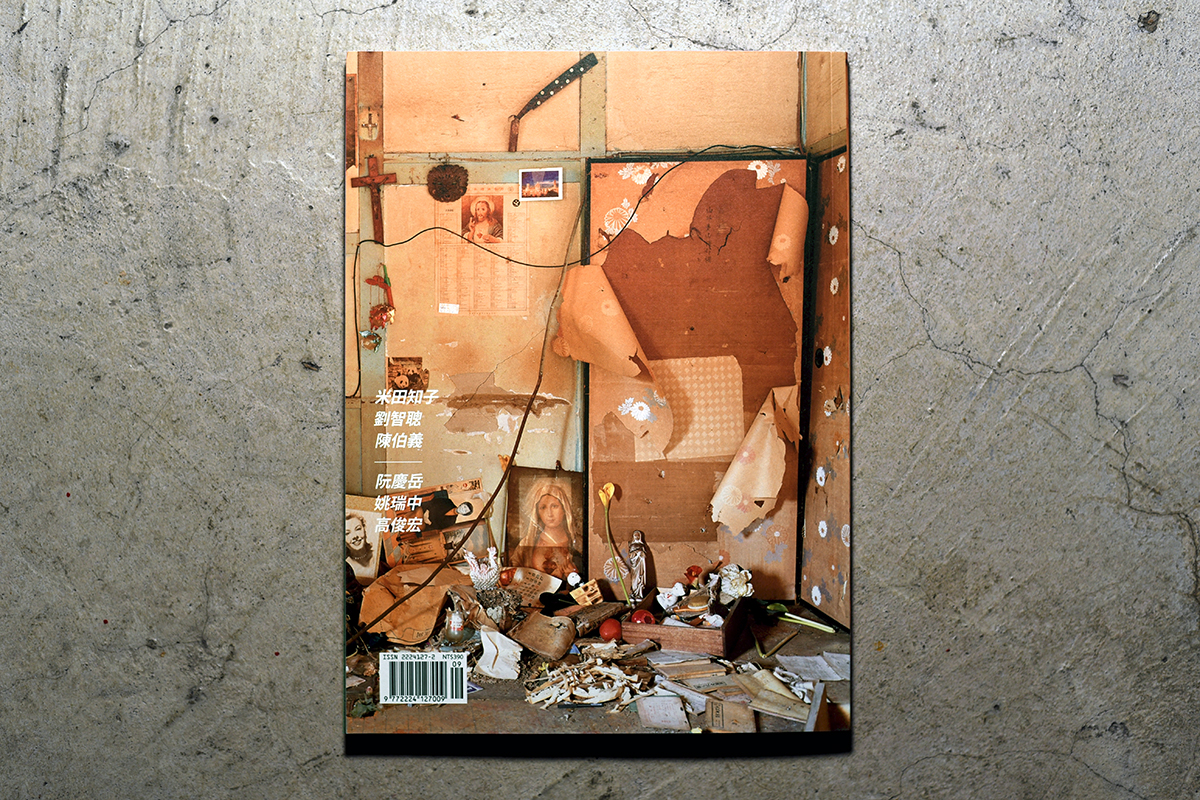
本期目錄 Contents
Features
日本家屋 Japanese House
米田知子 Tomoko Yoneda
訪談|李威儀 Interview by Lee Wei-I
山水文明 Landscaped Artifacts
劉智聰 Lau Chi-Chung
訪談|錢怡安 Interview by Lili Chien
失意的歷史.竹籬笆日記 History Without Memory: Bamboo Fence Diary
陳伯義 Chen Po-I
訪談|李威儀 Interview by Lee Wei-I
● 雙月書記 Book Review
「想像災難」的視覺文化論
The Theory of Visual Culture in “Imaging Disaster”
文|顧錚 Text by Gu Zheng
● 日本廢墟寫真的系譜
A Genealogy of Japanese Ruin Photography
文|鳥原学 Text by Torihara Nanabu
● 廢墟的意欲:電影與我生活中的場景
Desires of Ruins : Sights In Movies & My Life
文|李幼鸚鵡鵪鶉 Text by Alphonse Perroquet/Parrot Caille/Quail Youth-Leigh
● 失能空間:阮慶岳╳姚瑞中╳高俊宏
Dialogue: Disused Spaces
Roan Ching-Yueh / Yao Jui-Chung / Kao Jun-Honn
● 中平卓馬 Nakahira Takuma 1938-2015
永不妥協的人 An Unwavering Man
文|大竹昭子 Text by Otake Akiko
插曲 Interlude
文|中平卓馬 Text by Nakahira Takuma
● Photobooks and Taiwan
《台灣龍年之畫像》
Portraits of Taiwan in The Year of Dragon
文|李威儀 Text by Lee Wei-I
● 台灣攝影史 History of Photography in Taiwan|連載六
日治初期的台灣寫真產業
Taiwan’s Photography Industry at the Start of Japanese Rule
文|蕭永盛 Text by Hsiao Yong-Seng
● 2015 阿爾勒攝影節
Arles 2015
文|張瑋 Text by Chang Wei
Exhibition
異鄉的迷惘:「我出國了,然後我回來了」陳以軒個展
Feeling Lost Away from Home: I Went Abroad, and then I Went Back – Chen I-Hsuen Solo Exhibition
文|錢怡安 Text by Lili Chien
BOOKMARK

